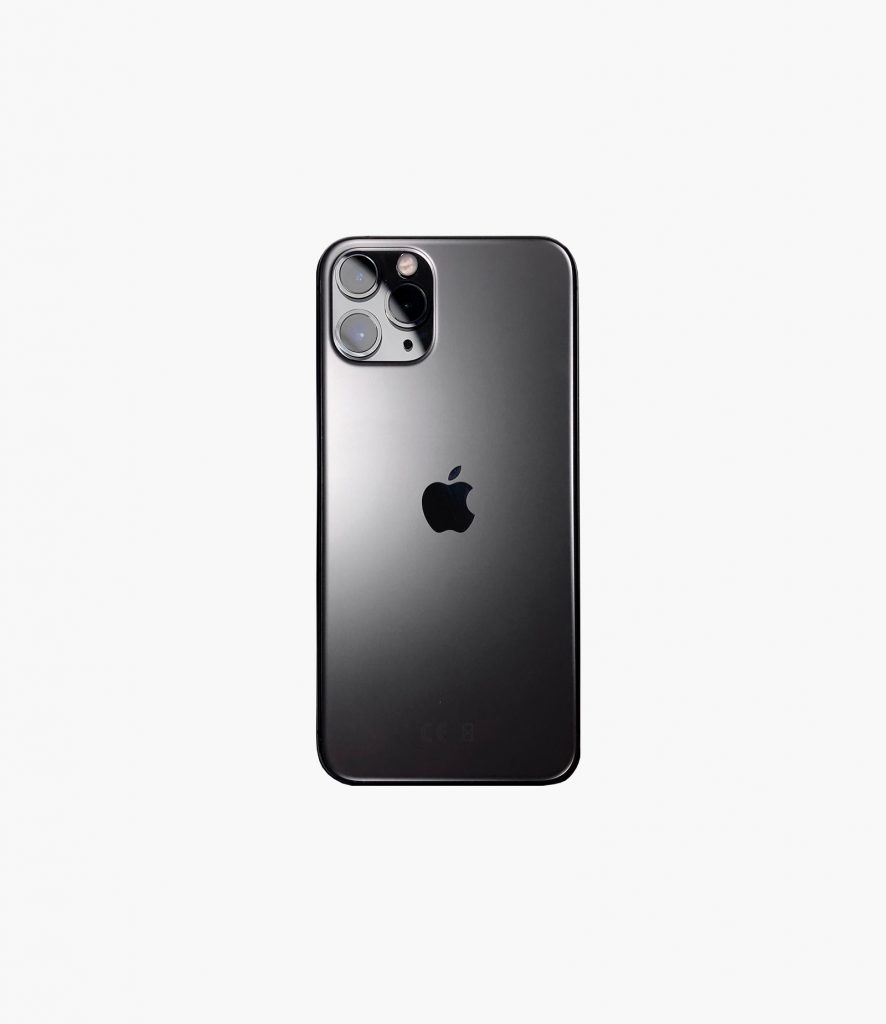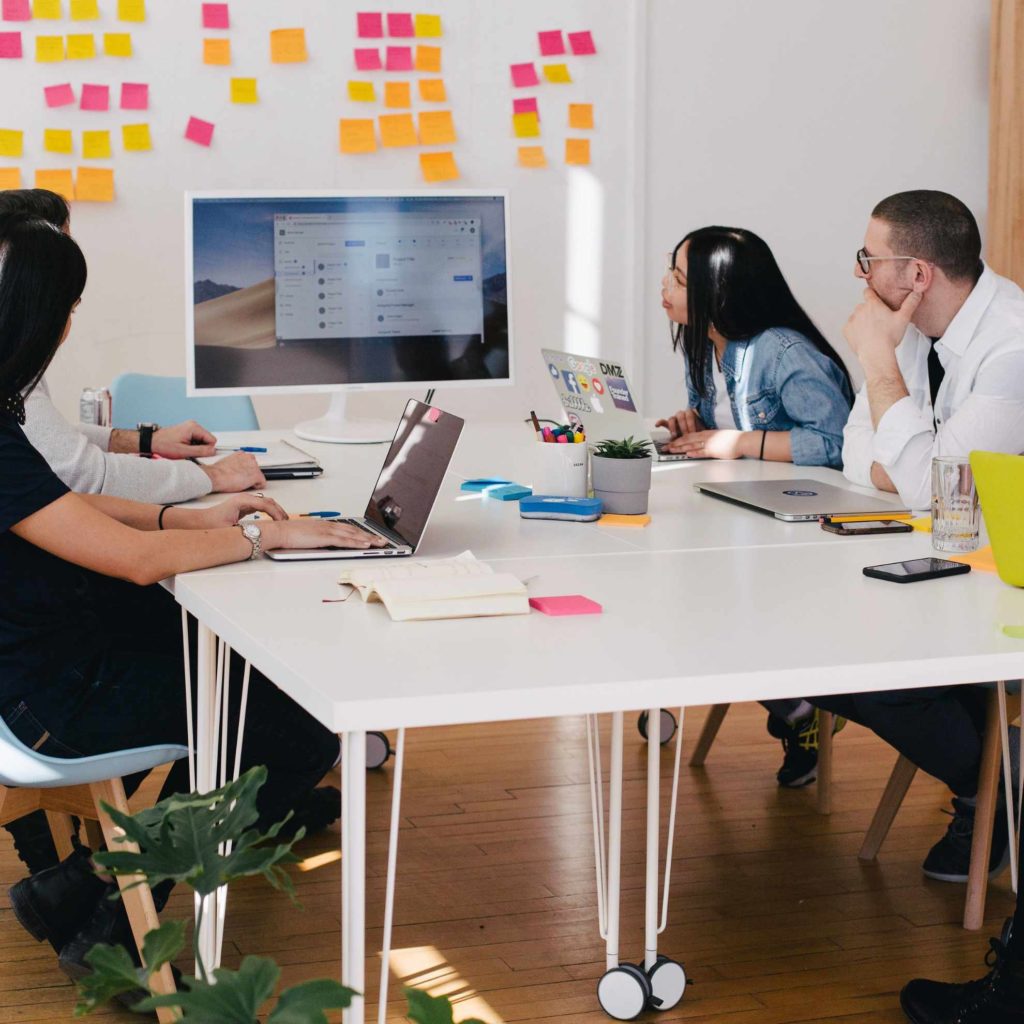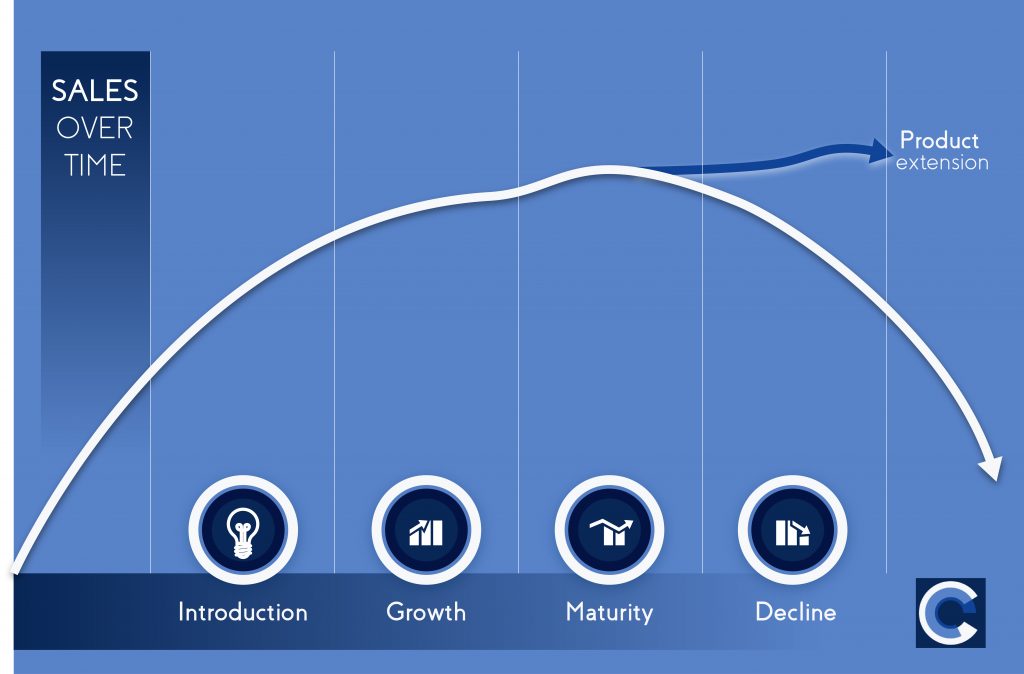Guide to using CGI for Ecommerce websites
Discover our best-practice advice when it comes to selecting images for an ecommerce website from our CGI experts.
This post will cover all aspects of ecommerce CGI images from: what is CGI, to why CGI can be a good option for ecommerce sites, to how to be efficient when using CGI, as well as pros and cons vs using traditional photography for ecommerce product websites.
What is CGI?
CGI stands for Computer Generated Images, which essentially means what it says on the tin: they’re images generated using a computer. We use professional CGI software called KeyShot to create our images – it’s one of the most powerful and accurate CGI software programmes available.

You’ll probably have heard of CGI being used in video gaming, movies and advertising.
But many product images are now CGI because companies have recognised that there are many benefits to choosing CGI over photography. It is also common for retailers to use a hybrid of CGI and photography.
What defines an ecommerce website?
Ecommerce (electronic commerce) websites are exactly that: websites that allow customers to buy (and sell) goods and services via the internet, rather than at a physical location. A business can use an ecommerce website to process orders, accept payments via different methods, manage shipping and provide customer service. Some social media platforms have now become ecommerce platforms too, adding ecommerce functionality for their users to buy and sell. Today, it is expected that most retailers should have an online store presence of some description, whether it is their own ecommerce website or via a social network.
Buying and selling is not new, of course, but ecommerce has made it easier and a preferred way to shop for many customers. In fact, the total ecommerce revenue generated in the UK in 2019 was £693 billion, a massive 40% increase since 2015, and ecommerce now accounts for 16.5% of total business turnover.
Websites are no longer a “nice to have” for businesses. In 2019, 81.4% of businesses with 10-49 employees had a website, while 96.9% of businesses with 1000 of more employees had a website (seriously, what are the remaining 3.1% doing?)
So, it’s clear that customers love to shop online, buying everything from clothes to garden equipment, their weekly food shop, sofas, cars and even holidays. The home buying market has even started to move fully online (yes, really), with virtual tours boosted by the pandemic.
Consumer confidence in buying online has increased massively in recent years, again drive recently by the pandemic, as well as the increase in smart devices including mobile phones and home devices such as Amazon Alexa.
And yes, while we love to buy online, retailers need to make sure the products they are selling best address their target audience’s needs and challenges; something that only be achieved through comprehensive market research.
And once they’ve made sure they have the perfect products to sell, it’s important for website developers to continue to come up with solutions to improve their customers’ shopping experiences.
There are certain best practices when it comes to selling products online.
One of the essential elements to a good ecommerce website is images. You simply cannot sell a product without good quality images. Images bring a product to life.
Images help a user decide whether a product is suitable or not, for example – do they like the look of it? Does it suit their style? How do they feel when they look at it? Does it complement other products they own?

Product images need to be high quality (without slowing the website down) and show the product from different angles.
There are different types of images that can be used to showcase a product online:
- Cut out images – showing the product on a plain background to emphasis the product and its features
- Lifestyle images – showing the product against a background setting, such as a home interior shot or outdoors landscape
- Action images – showing the product being used in some way
- 360 spin images – a more recent edition to online images, which allow the customer to rotate the product 360 degrees to see the entire product.
- Videos – not technically an image, but the use of video, showing a product working or being used, is becoming a prerequisite for online shopping.
- Customisation options – if the product is available in different colours or materials, for example, the user can select from swatch buttons to change the customisation options of the product displayed.
- Augmented Reality (AR) – the next evolution in ecommerce imagery. An innovative way to show the product in a real-life setting, such as your home (e.g. imagine being able to see a fridge in your actual kitchen before buying it, or check whether a pushchair will fit in the boot of your car).
- User Generated Content – many e-retailers now encourage customers to upload images of a product they’ve purchased being used. Not only does this increase engagement and loyalty with current customers, but also instils trust for new customers who are more likely to buy after seeing others with the same product.
How can CGI be used to enhance ecommerce websites?
So, how can CGI be used by retailers wanting to sell online, and is it a good option?
Some of the image types described above, such as 360 spin and AR, can only be created using CGI, but for cut out, lifestyle and action shots, retailers can choose between CGI and photography. So we need to compare CGI and photography to address the pros and cons of each.
While CGI will never completely replace photography, the capabilities of CGI software have advanced enormously over recent years, meaning that images are now incredibly photorealistic and a very credible source of product imagery.
CGI also tends to be quicker and more cost efficient that photography. It can be time consuming and expensive to set up photoshoots.
Where CGI really comes into its own is with customisation. If a product is available in 20 colours, for example, photographing 20 different versions may take a long time. Multiple this by a few different products and the costs will quickly escalate. Whereas with CGI, once the first scene has been set up it is very quick to replicate for different colours.
It is also easier to create unusual angles with CGI, whereas a photographer will need jigs to hold the product in place and will then require more time in post-editing.

So, CGI can be much more efficient, producing more images in a shorter space of time.
This is very important for ecommerce websites which may have thousands of different products, each available in various options.
Remember what we said earlier: to give customers the best possible shopping experience, a website should show all different options. Only showing some of the available colours or materials for example, will cause frustration for some customers, negatively impact their experience.
We also mentioned hybrid CGI earlier – this is a blend of photography and CGI. So for example, using CGI of a product placed within a real photograph. This gives the effect of a “real” photograph but circumnavigates any logistics or cost issues presented by taking the photography on location.
Pre-order: the beauty of CGI: One area that CGI excels at is using it for products that are not yet manufactured. Being able to create an image of a product that doesn’t currently exist means that pre-orders can be generated before manufacture, generating revenue before the product has even been launched.
Are there any downsides to CGI?
One area that can be problematic is colour matching, however, this can be an issue whether the image is a photograph or CGI – it can depend on a customer’s device as well as the settings.
For large amount purchases, such as a sofa, many retailers allow customers to order physical swatches to be mailed out – so this gets around any colour discrepancies.
One of the biggest drawbacks of online shopping is not being able to touch, feel and try a product, and while this is an issue for both photography and CGI, there are ways that sellers can try to circumnavigate this issue:
- It’s important to increase customer confidence in the product before buying – 51% of shoppers believe the biggest drawback of online shopping is not being able to touch a product before buying. Customer reviews, tutorials and demonstrations, faith in the brand, excellent customer services and reassurance when it comes to returns and refunds will all help provide trust.
- But good images, and specifically 360 spin images, AR images, user generated content all help to foster trust with customers. Although these images don’t allow customers to touch and feel the product, they enable them to view the entire product, interact with it online and see it in their home before purchasing.
- AR technology is still evolving, but it is becoming more commonplace with ecommerce retailers and it’s estimated there will be 1.7 billion AR users by 2024. One way that make up brands are using AR is by enabling customers to “try on” their make up using virtual try-on technology.

Key takeaways
The evolution of the partnership between CGI and ecommerce websites is exciting, and the possibilities for product imagery are endless.
- Consumer confidence in buying online is growing, but good quality images can help to win trust.
- No longer are standard cut out images enough on their own – customers expect 3D spin images, user generated content as well as video and even augmented reality.
- Nothing can replace a real photograph, but CGI is a suitable option for companies that want photorealistic images at a fraction of the cost.
- CGI is an effective tool for pre-orders campaigns, generating revenue before a product has even been manufactured.
- Customisation is an area where retailers can save costs by using CGI.
- The most important thing is to enhance the shopping experience for the customer. Anything that doesn’t improve their experience shouldn’t be implemented.
If you’re excited about exploring the idea of CGI on an ecommerce website please get in touch with our CGI experts.











